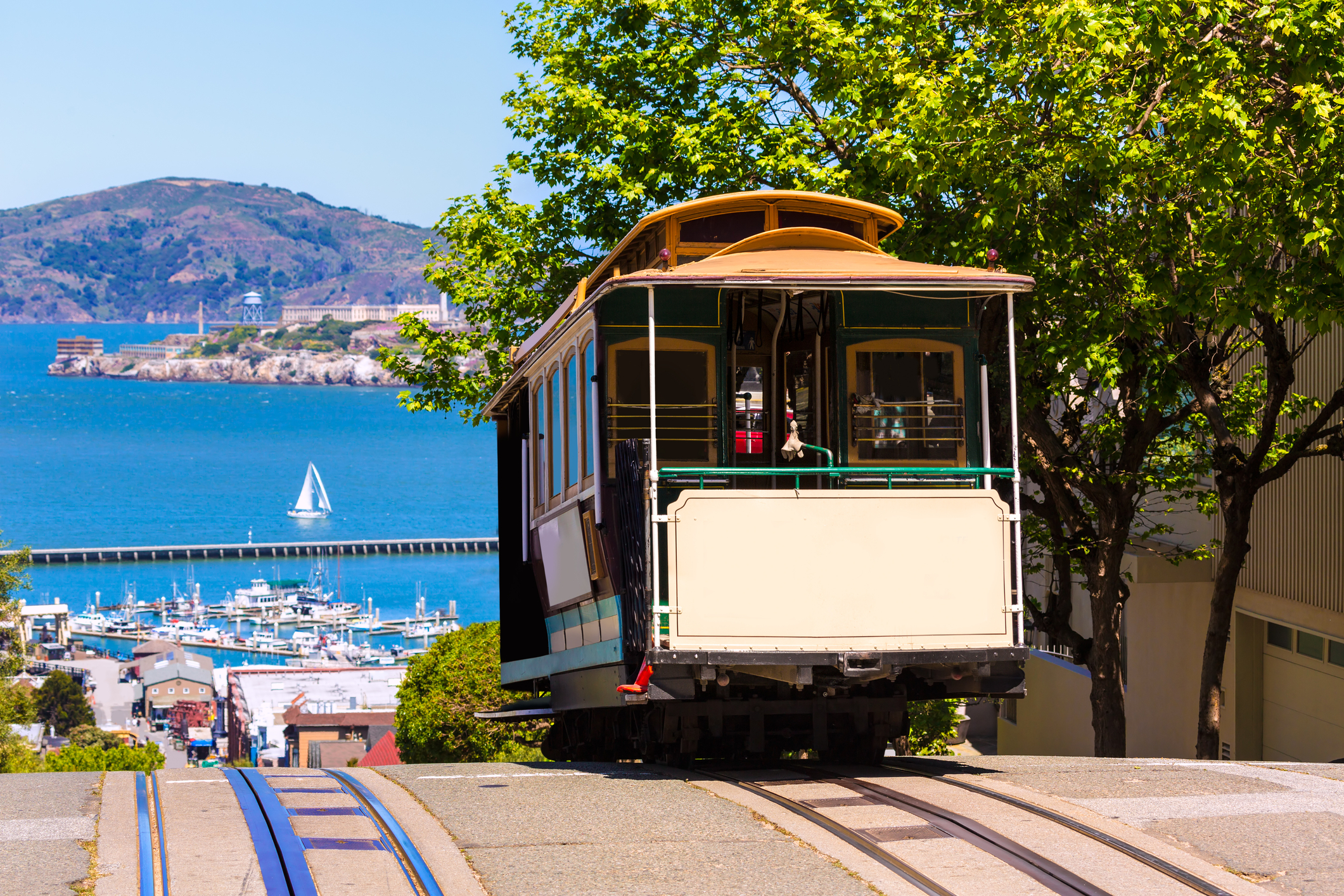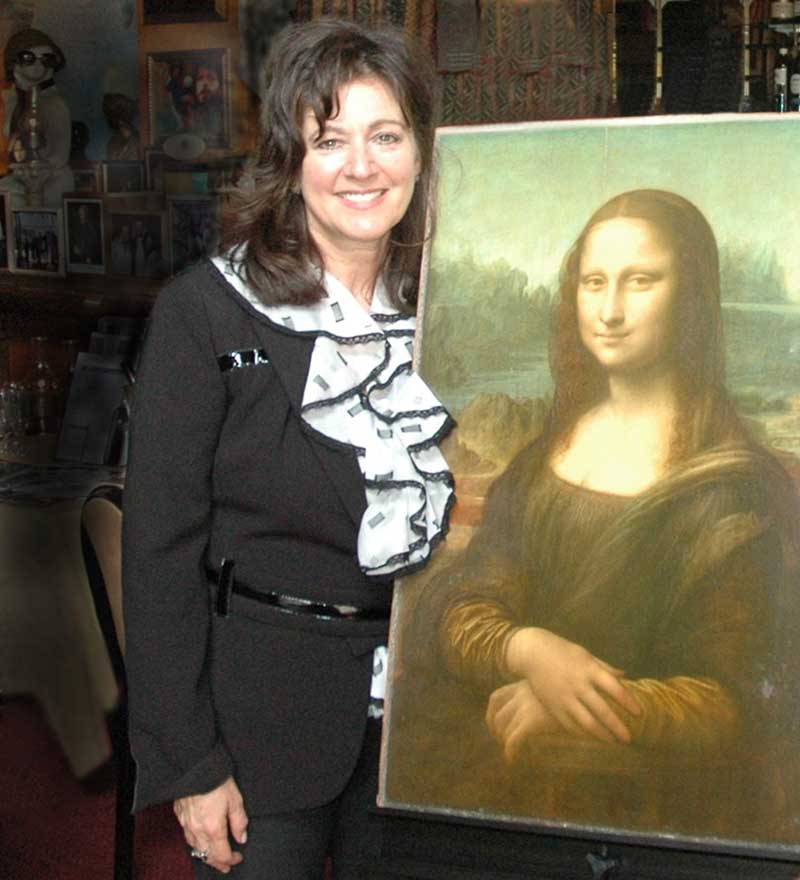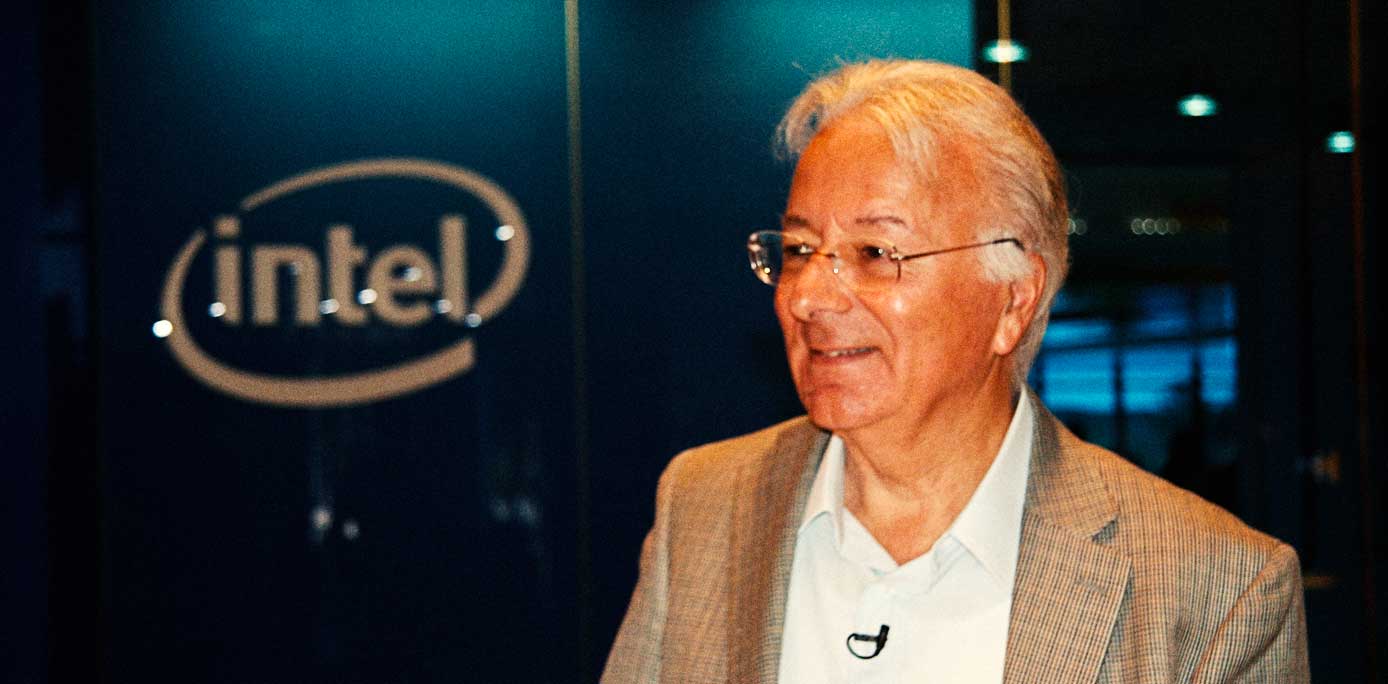San Francisco has, and always will, undergo dynamic cultural change, evolving from a hamlet called Yerba Buena to one of the world’s most beloved cities. Who could disagree with that? Dramatic change, cultural diversity, and unparalleled exuberance are characteristics of San Francisco’s decades-old culinary establishments.
In 2012, San Francisco’s Architectural Heritage, a non-profit, membership-supported organization, embarked on an “educational initiative that invites users to experience the history of some of San Francisco’s most legendary eateries, watering holes, dives, and haunts.”
Established in 1971, Heritage’s mission was to preserve and enhance The City’s unique architectural and cultural identity. To that end, a series of community discussions took place among city officials and neighborhood representatives intent on protecting historic businesses deemed embodiments of intangible, yet significant, cultural values.
Thus was born The Legacy Project, conceived amid threats to local institutions like the Tonga Room, and Tosca Café. The outcome was a catalogue titled “San Francisco’s Legacy Bars and Restaurants.” To date, over 130 businesses have been placed on this list of iconic establishments. The complete list is available for viewing at www.sfheritage.org/ legacy/#.
So, which establishments make the grade and why? The selection criteria includes businesses that have achieved longevity of 40 years or more, possess distinctive architecture or interior design, and/or contribute to a sense of history in the surrounding neighborhood. More than 30 of those businesses were established by Italian-Americans. Some are quite well known, such as Caffé Trieste, Fior d’Italia and Lucca Delicatessen.
Equally delightful, but perhaps lesser known, include the Fly Trap and the Gold Mirror. Is Italian cuisine a cultural resource? It most certainly is! Most residents and visitors acknowledge the tangible elements of San Francisco, such as the Golden Gate Bridge and Coit Tower, but what about the intangibles such as cuisine and ambiance. How about the tantalizing aroma and the luxurious taste and texture of fettuccini Alfredo? Delizioso!
As a native San Franciscan, born and raised in North Beach, I can identify many eateries that could, and should, be on this list and hopefully will be as more establishments are considered for future inclusion. I’ve decided to highlight three of my all-time favorite haunts, so, for a taste of several North Beach classics, check out the business bios below. A list of all the Italian owned and/or operated businesses can be found at the conclusion of this article.
Bimbo’s 365 Club 1025 Columbus Avenue
Agostino Giuntoli sailed to America in 1922, at the age of 19 from Tuscany, Italy. With a name difficult to pronounce, people called him Bimbo, the Italian word for boy. This boy opened a club at 365 Market Street, and years later in 1951, moved it to 1025 Columbus Avenue. Legendary performers include Dick Contino, Robin Williams and Louis Prima.
Capp’s Corner 1600 Powell Street
In 1963, local boxing promoter and raconteur Joe Caparole turned a former Basque restaurant into Capp’s Corner. Family style dining, generous portions, combined with a colorful atmosphere, turned Capp’s into a gathering place for the famous and infamous.
Original U.S. Restaurant 515 Columbus Avenue
For over 50 years, the U.S. Restaurant served delicious Italian food at the corner of Columbus Avenue and Stockton Street. In 2001, the restaurant moved to a new location at 515 Columbus. The “U.S.” stands for Unione Sportivo, which directly translated means sport union or club, although it has always been a family-owned restaurant.
San Francisco’s Italian Legacy Bars & Restaurants
Alfred’s Steak House ~ 659 Merchant Street (1928)
Alioto’s Restaurant ~ 8 Fisherman’s Wharf (1925)
Bimbo’s 365 Club ~ 1025 Columbus Avenue (1931)
Bruno’s ~ 2389 Mission Street (1950s)
Café Sport ~ 574 Green Street (1969)
Caffé Trieste ~ 601 Vallejo Street (1956)
Capp’s Corner ~ 1600 Powell Street (1963)
Castagnola’s ~ 286 Jefferson Street (1916)
Columbus Café ~ 562 Green Street (1936)
Dianda’s Italian American Pastry ~ 2883 Mission Street (1962)
Eagle Café ~ Pier 39, Suite 103 (1928)
Fior d’Italia ~ 2237 Mason Street (1886)
Fisherman’s Grotto ~ 2847 Taylor Street (1935)
Fly Trap ~ 606 Folsom Street 1883)
Gino & Carlo ~ 548 Green Street (1942)
Gold Mirror ~ 800 Taraval Street (1969)
Joe’s Cable Car Restaurant ~ 4320 Mission Street (1965) Joe’s made the list but has since closed.
John’s Grill ~ 63 Ellis Street (1908) Historic records indicate John’s Grill was originally operated by an Italian-American.
La Rocca’s Corner, ~ 957 Columbus Avenue (1930s)
Liguria Bakery ~ 1700 Stockton Street (1911)
Lucca Delicatessen ~ 2120 Chestnut Street (1929)
Mario’s Bohemian Cigar Store Café ~ 566 Columbus Avenue (1920s)
Original Joe’s ~ 601 Union Street (1937)
Original U.S. Restaurant ~ 515 Columbus Avenue (1970s)
Sabella & La Torre ~ 2809 Taylor Street (1927)
Savoy Tivoli ~ 1434 Grant Avenue (1907)
Scoma’s ~ One Al Scoma Way (1965)
Tarantino’s Restaurant ~ 206 Jefferson Street (1946)
Tommaso’s ~ 1042 Kearny Street (1935)
Tosca Café ~ 242 Columbus Avenue (1920)
Vesuvio Café ~ 255 Columbus Avenue (1948)






























